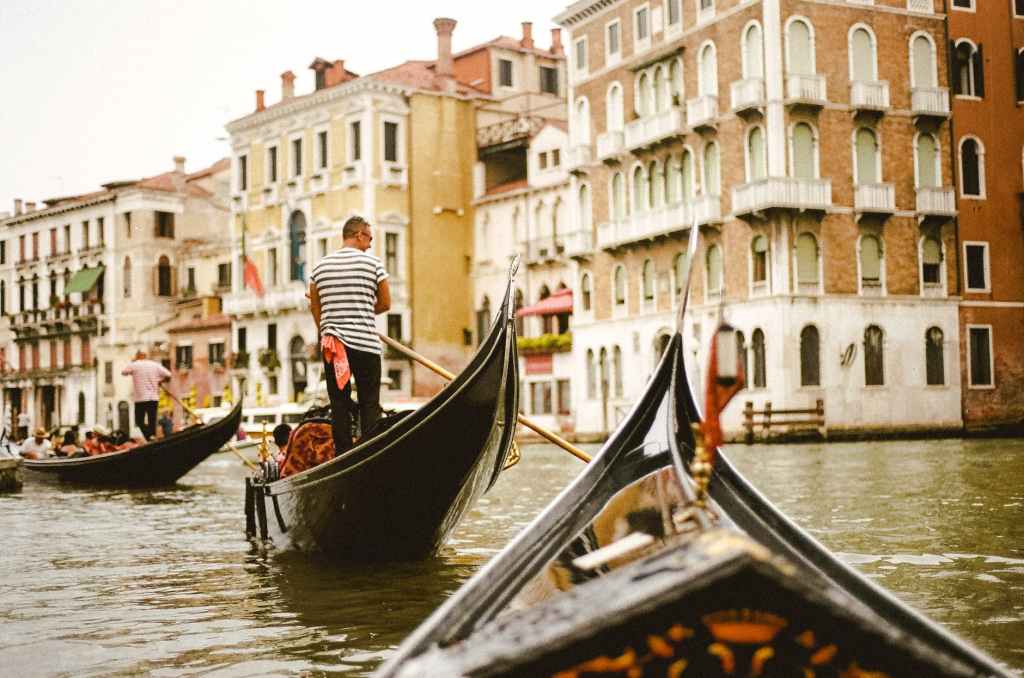Cultural tourism provides an enriching travel experience by immersing oneself in the local culture and heritage of a destination. It offers an opportunity to learn about different customs, traditions, art, history, and lifestyles. If you are a traveler who seeks to explore and appreciate diverse cultures, here are five types of cultural tourism that you should know about:
Historical Tourism: Historical tourism focuses on visiting sites of historical significance. These can include ancient ruins, archaeological sites, museums, monuments, and heritage buildings. By exploring these sites, travelers can gain a deeper understanding of the past and how it has shaped the present.
Artistic Tourism: Artistic tourism revolves around experiencing and appreciating various art forms. This can include attending art exhibitions, visiting galleries, watching live performances, or even participating in art workshops. It allows travelers to engage with local artists, learn about traditional art techniques, and witness the beauty of cultural expressions.
Festival Tourism: Festivals are a crucial aspect of cultural tourism, offering a vibrant and immersive experience. Attending local festivals and celebrations provides travelers with a unique opportunity to witness traditional rituals, music, dance, costumes, and cuisine. It allows for a deeper understanding of the cultural values and traditions of a community.
Culinary Tourism: Food plays an integral role in a culture’s identity, and culinary tourism explores the local cuisine and gastronomic traditions. Travelers can embark on food tours, visit local markets or food festivals, take cooking classes, or dine at traditional restaurants. It provides a sensory journey and a chance to savor the flavors of a particular culture.
Indigenous Tourism: Indigenous tourism focuses on the customs, traditions, and practices of indigenous communities. Travelers can engage with tribal communities, learn about their way of life, participate in traditional ceremonies, and purchase unique handicrafts made by indigenous artisans. This type of cultural tourism promotes cultural preservation and supports the local economy.
In conclusion, cultural tourism offers a profound and authentic travel experience by connecting with the cultural fabric of a destination. Whether it is exploring historical sites, engaging with local art, participating in festivals, savoring local cuisine, or immersing in indigenous cultures – each type of cultural tourism presents an opportunity to embrace diversity, foster understanding, and create lasting memories. So, pack your bags and embark on a cultural adventure like no other!
